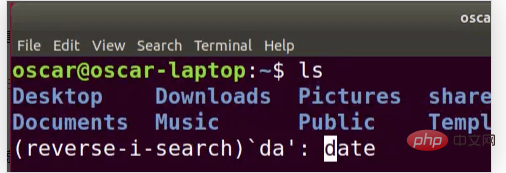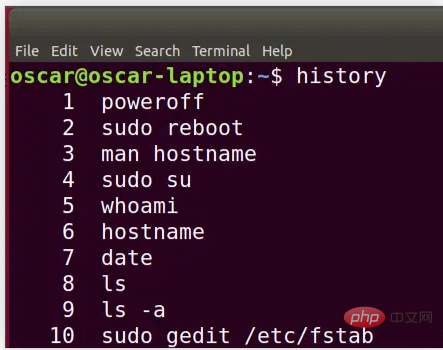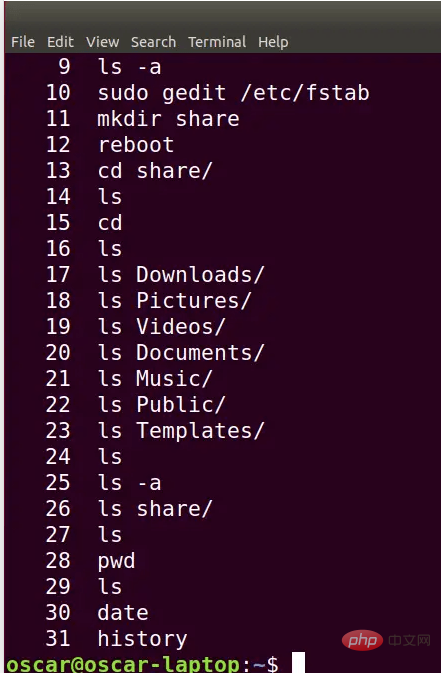下面由linux系统教程栏目给大家介绍关于linux查看历史记录的一些小技巧,希望对需要的朋友有所帮助!
Linux系统中,对于查看历史记录,有两个按键是很常用的:
如果你觉得用上下键每次进一个命令太花时间,那么你也可以用查找的方法:
Ctrl + R : 用于查找使用过的命令
例如,我查找 date 这个命令,就可以用 Ctrl + R,按回车,然后只输入 da,因为我之前使用过 date 这个命令,它就为我自动补全了 date 命令,如下图:

history 是英语“历史,历史记录”的意思。
history 这个命令,用于列出之前使用过的所有命令,如下图:


可以看到,系统自动保存了我从安装完 Ubuntu 之后在终端里输入过的 31 条命令,最近的一条命令正是 history。
history 命令可以方便我们了解自己之前输入过那些命令。
而且,history 列出的使用过的命令,是有编号的,如上图所示。如果要重新运行对应编号的命令,可以用 !编号 这样的格式。
例如在我的情况下,!30 就会再次运行 date 命令,因为在上面的截图中,我们可以看到编号 30 的那个命令式 date。
推荐学习:《linux视频教程》
以上就是技巧分享:Linux快速查看历史记录的详细内容,更多请关注php中文网其它相关文章!

每个人都需要一台速度更快、更稳定的 PC。随着时间的推移,垃圾文件、旧注册表数据和不必要的后台进程会占用资源并降低性能。幸运的是,许多工具可以让 Windows 保持平稳运行。

Copyright 2014-2025 //m.sbmmt.com/ All Rights Reserved | php.cn | 湘ICP备2023035733号